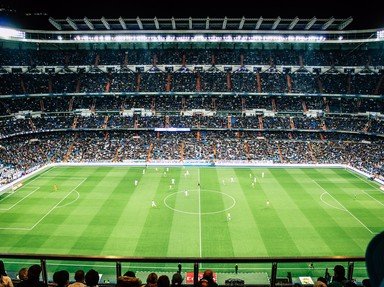Quiz Answer Key and Fun Facts
1. These two clubs come from which northern European city?
2. These two clubs come from which southern European city?
3. These two clubs come from which South American city?
4. These two clubs come from which North American/Central American city?
5. These two clubs come from which central Asian city?
6. These two clubs come from which east Asian city?
7. These two clubs come from which North American/Central American city?
8. These two clubs come from which South American city?
9. These two clubs come from which southern European city?
10. These two clubs come from which northern European city?
Source: Author
Red_John
This quiz was reviewed by FunTrivia editor
gtho4 before going online.
Any errors found in FunTrivia content are routinely corrected through our feedback system.
